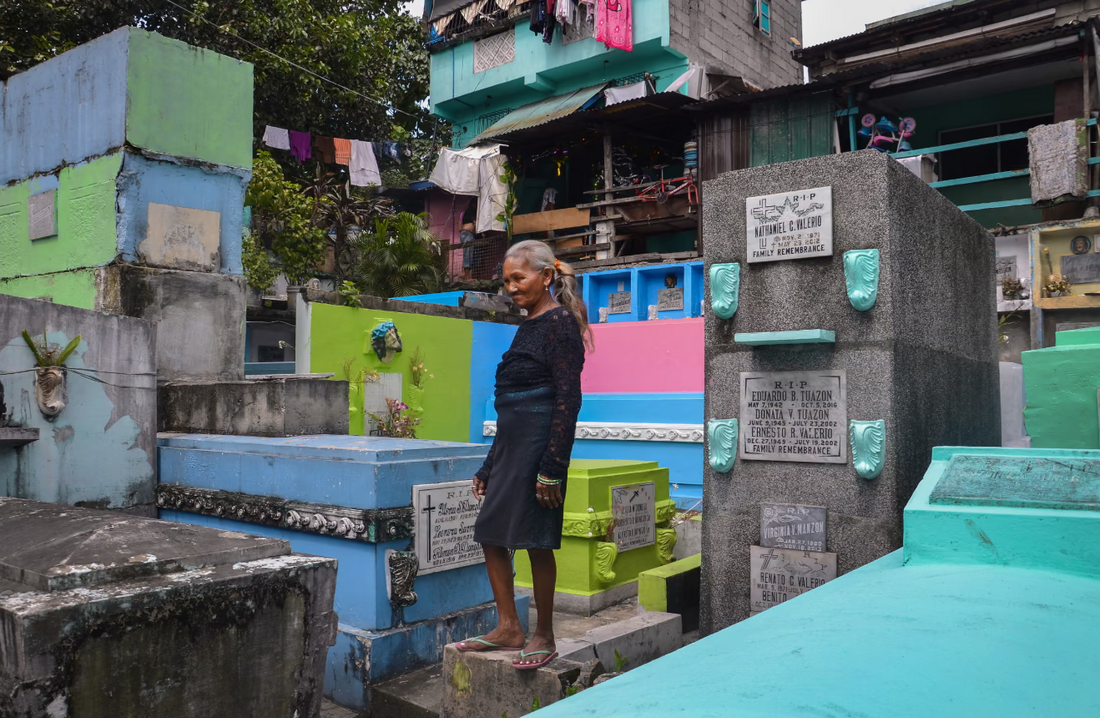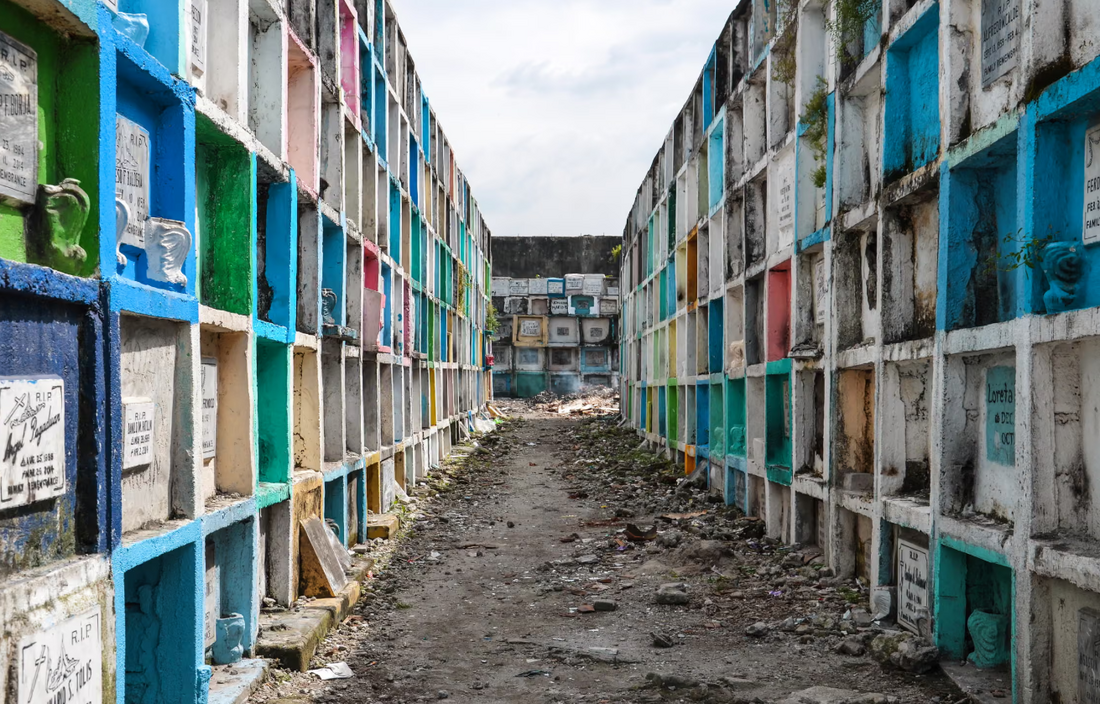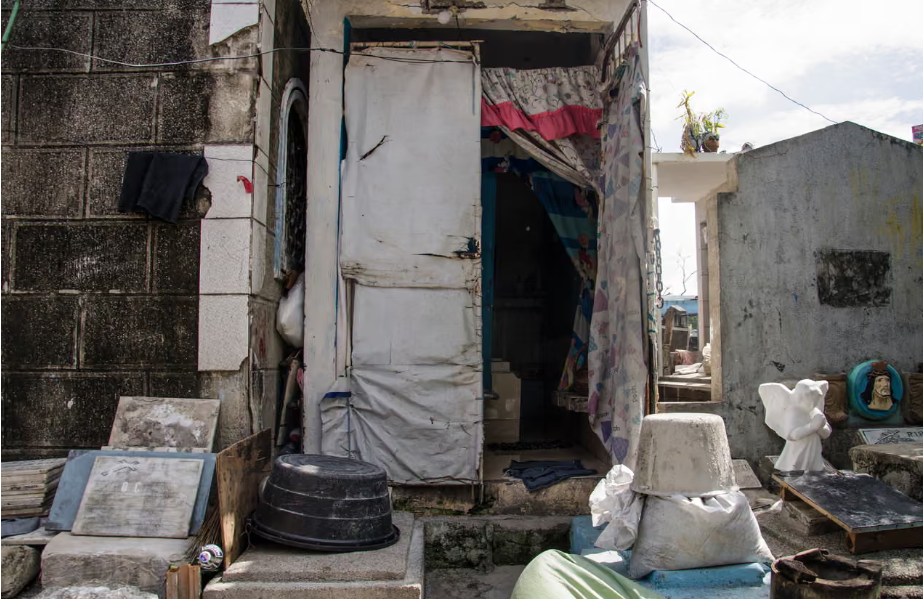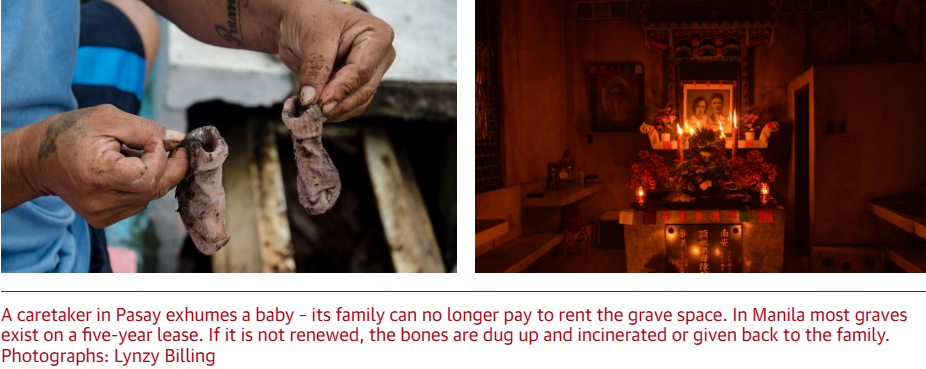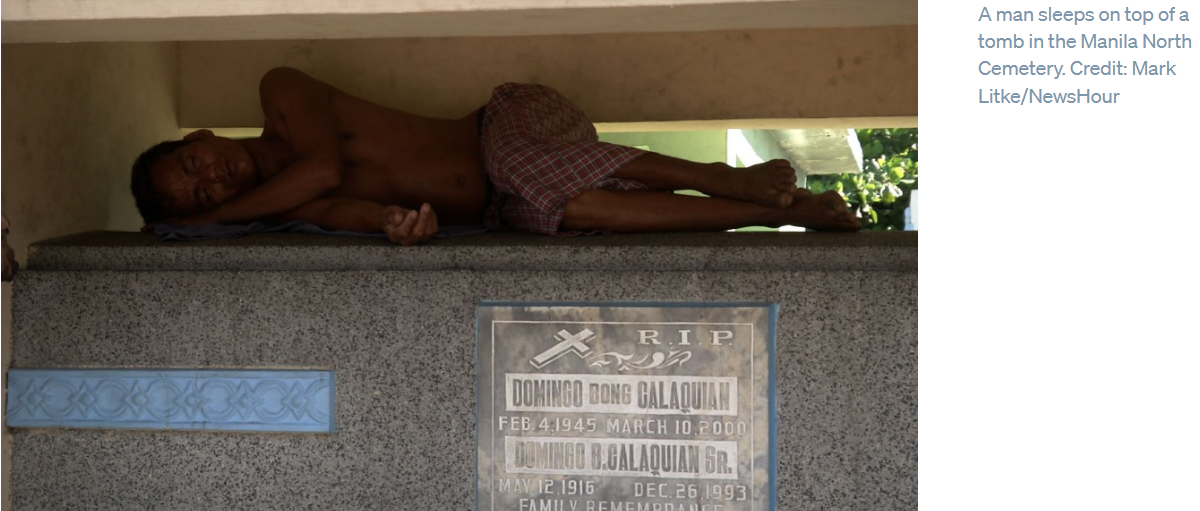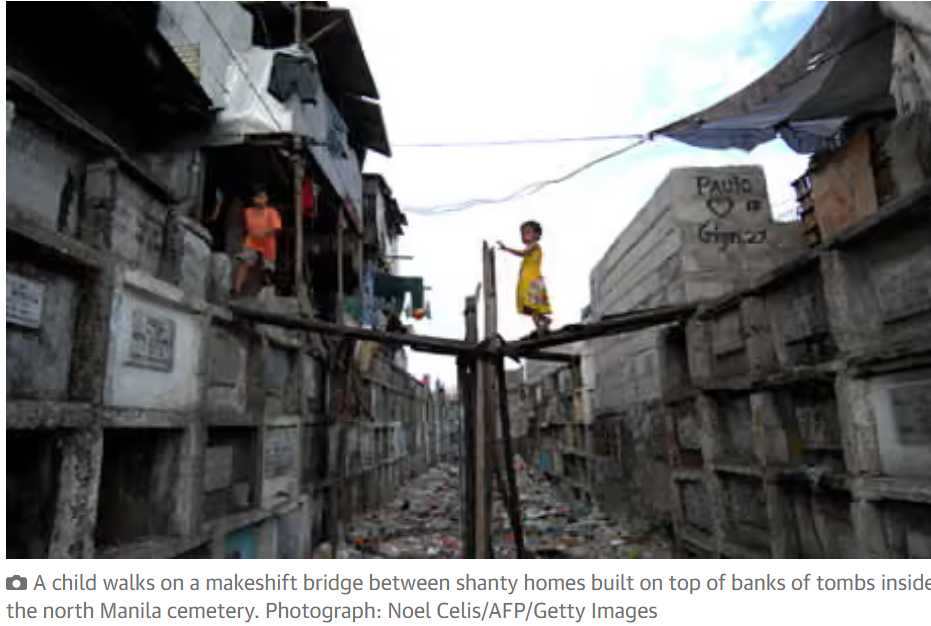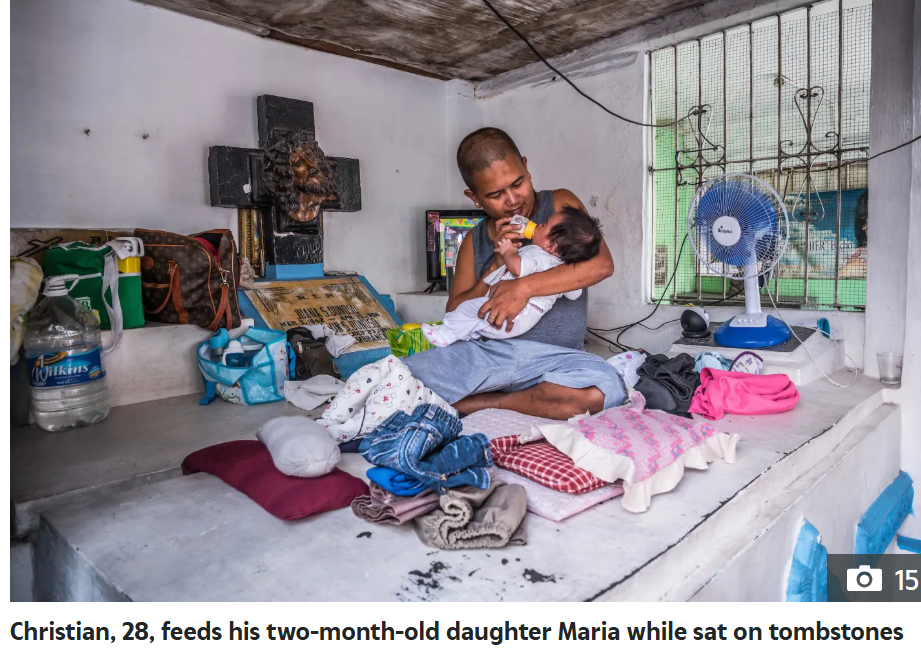29.08.2025
Graveyard Living: Inside The 'Cemetery Slums' Of Manila
Cemetery slums have existed here since the 1950s, and generations of families now live in Manila North, the oldest and largest cemetery in the city. An expansive 54 hectares (133 acres), it is home to an estimated 16,000 slum-dwellers from 1,800 families, as well as one million dead. The final resting places for the most affluent in Manila have become a last resort for the city’s poorest looking for a home. Many of these slums have developed inside public cemeteries. People sleep in haphazard shanties built on top of graves, or inside mausoleums. It’s free, but there are no basic services such as sanitation, electricity and clean water, let alone adequate shelter. Police often raid the cemeteries in anti-drug missions, shooting and killing civilians within the premises. Despite this injustice, a lack of money prevents residents from investigating the shootings. Many have made their homes, shops and business around the granite tombstones that dominate every space of the town. Due to poverty and space limitations, especially in urban areas like Manila. Families sometimes occupy abandoned mausoleums or build small shanties within the cemetery grounds to live among the tombs. This arrangement provides shelter and can also be a way to guard and maintain the graves of their deceased relatives. People create temporary or semi-permanent homes within mausoleums, tombs, or small shanties built on unused parts of the cemetery. Some residents may also act as caretakers for the graves, receiving small fees for their services in exchange for housing. While there are laws mandating that cemeteries be a certain distance from dwellings, the reality for many poor families is that they find ways to live in these spaces. Some cemeteries have effectively become small communities, with residents living, working, and raising families within their boundaries.
Credit: @DrewBinsky
Credit: @DrewBinsky
Poverty deprives people of adequate education, health care and of life's most basic necessities- safe living conditions (including clean air and clean drinking water) and an adequate food supply. The developed (industrialized) countries today account for roughly 20 percent of the world's population but control about 80 percent of the world's wealth.
Poverty and pollution seem to operate in a vicious cycle that, so far, has been hard to break. Even in the developed nations, the gap between the rich and the poor is evident in their respective social and environmental conditions.
Poverty and pollution seem to operate in a vicious cycle that, so far, has been hard to break. Even in the developed nations, the gap between the rich and the poor is evident in their respective social and environmental conditions.
